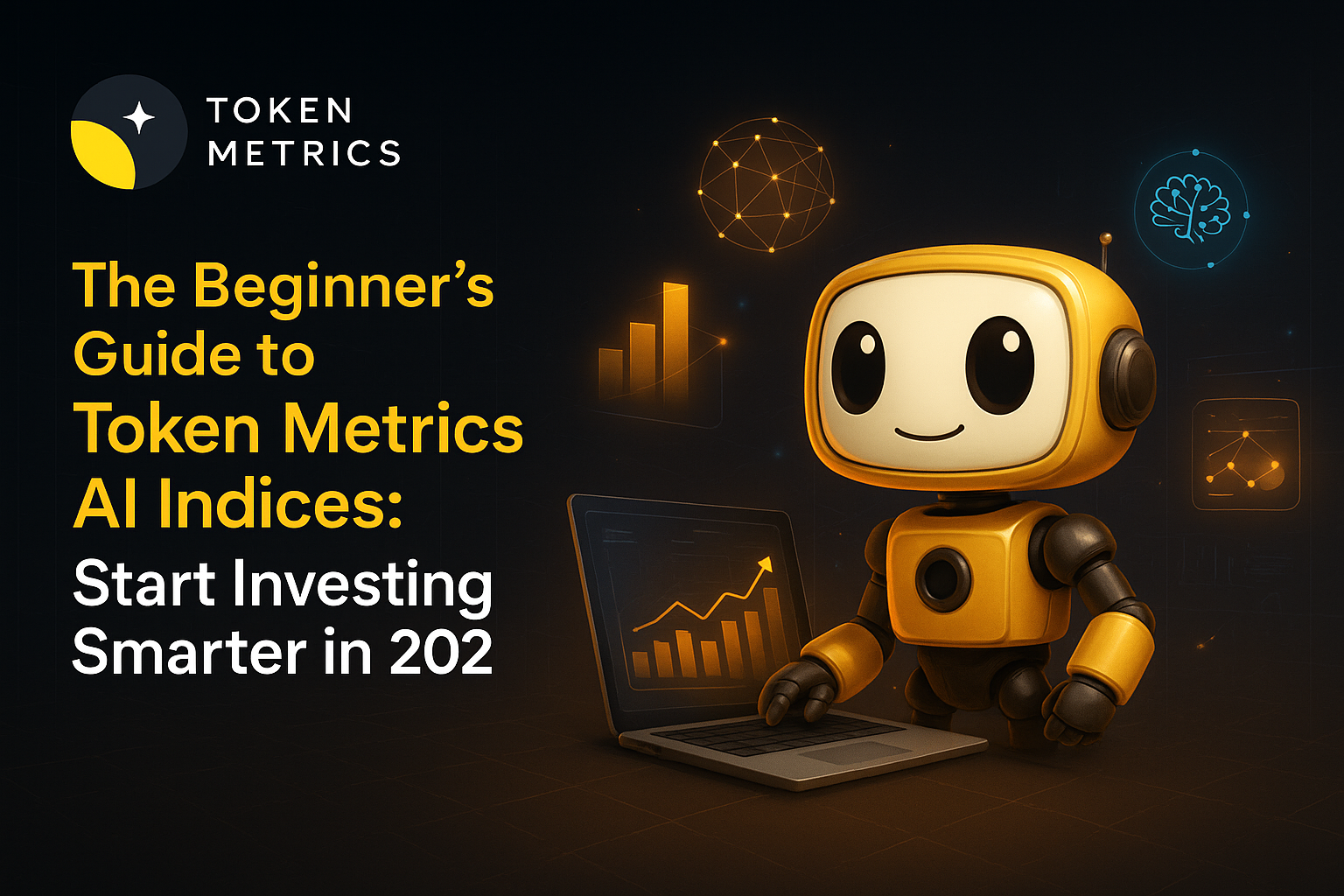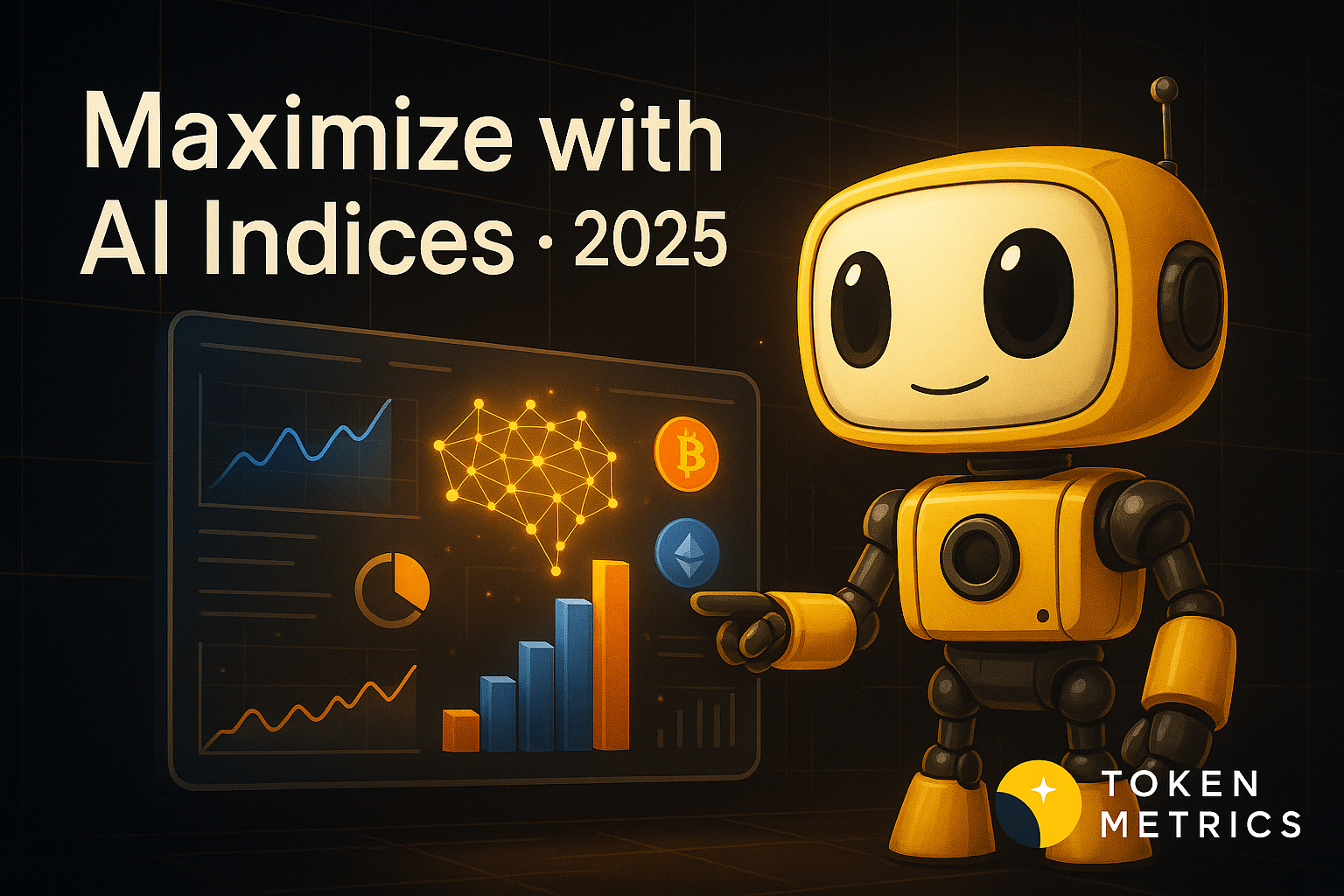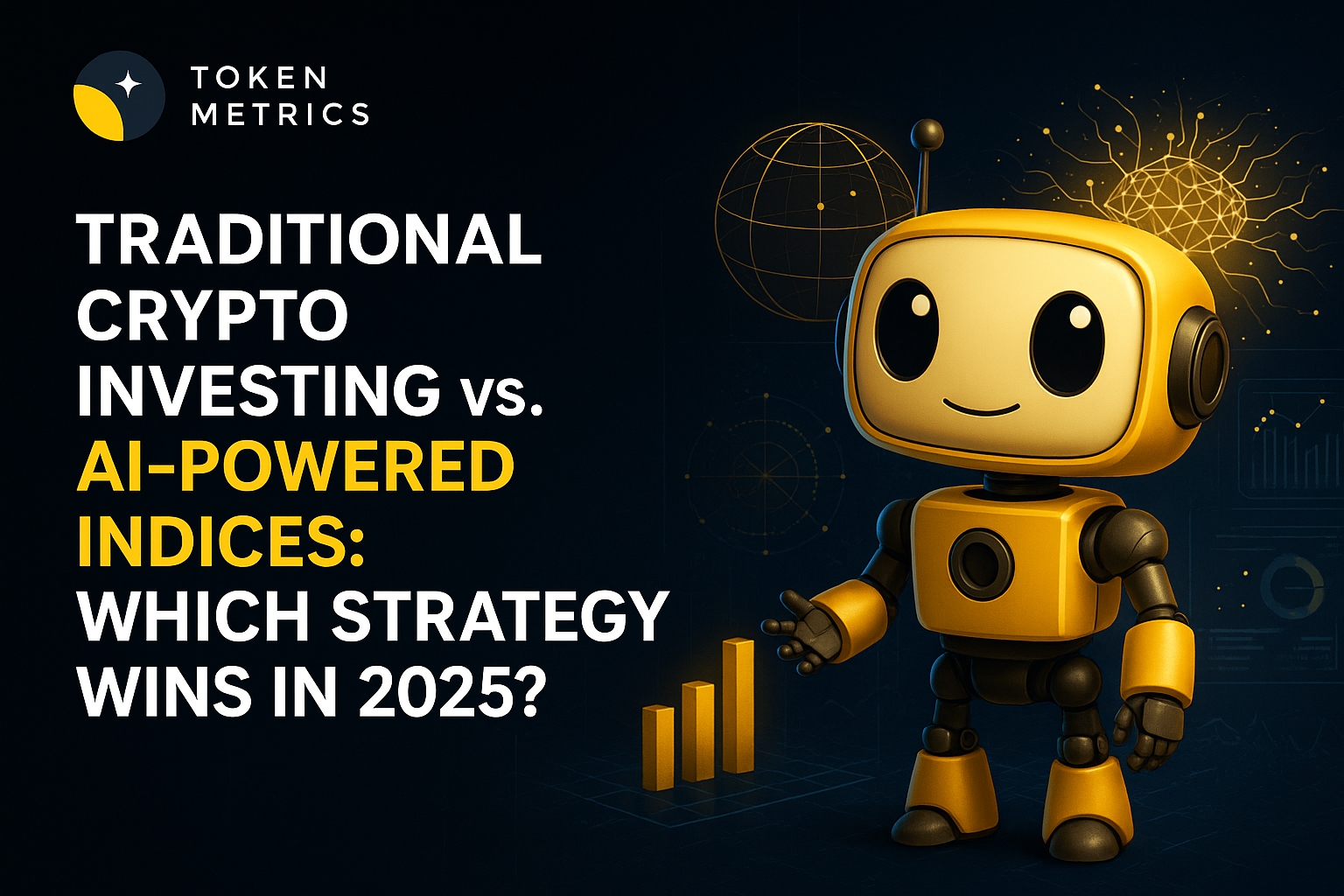
How to Mine Dogecoin in 2023 - Step by Step Guide

Dogecoin, the cryptocurrency that started as a joke, has gained immense popularity in recent years, not only among investors but also in the crypto mining communities, but why so much hype and interest in mining of this particular meme coin?
The simple answer is, to get Dogecoin for free by mining it, but what is the process of mining Dogecoin?
In this step-by-step guide, we will walk you through the process of mining Dogecoin in 2023, providing you with the knowledge and tools necessary to embark on your mining journey.
So let's start with the basics:
What is Dogecoin?
Dogecoin, often symbolized as DOGE, is a decentralized cryptocurrency that was created in December 2013 as a lighthearted and fun alternative to Bitcoin.
What initially started as a joke quickly gained a significant following, thanks to its unique branding and passionate community. Dogecoin features the iconic Shiba Inu dog from the "Doge" meme as its logo, which adds to its charm and appeal.
Understanding Dogecoin Mining
Before we dive into the mining process, it is important to understand the purpose of it. Let's briefly touch upon the fundamentals of Dogecoin mining in general.
What is Dogecoin Mining?
Dogecoin mining is the process of validating and adding new transactions to the Dogecoin blockchain. Miners use their computational power to solve complex mathematical problems, which in turn secures the network and generates new Dogecoins as a reward.
Why Mine Dogecoin?
Mining Dogecoin can be a lucrative venture and a great way to contribute to the Dogecoin ecosystem. As one of the most popular and widely accepted cryptocurrencies, Dogecoin presents an opportunity for miners to earn rewards while supporting a fun and community-driven project.
Getting Started with Dogecoin Mining
Below is a comprehensive guide tailored for newcomers interested in participating in DOGE mining. It is crucial to note that numerous wallets and mining pools dedicated to Dogecoin exist, and it is advisable to conduct thorough research to identify the most suitable one for your needs.
Now, let's delve into the step-by-step process of initiating your DOGE mining journey.
Step 1: Set Up a Dogecoin Wallet
Before you start mining Dogecoin, you'll need a wallet to store your mined coins. There are various types of wallets available, including desktop wallets, mobile wallets, and online wallets. Choose a wallet that aligns with your needs in terms of security and accessibility.
Step 2: Join a Dogecoin Mining Pool
While it is possible to mine Dogecoin solo, joining a mining pool is highly recommended for most miners. Mining pools allow multiple miners to combine their computational power, increasing the chances of earning consistent rewards. Some popular Dogecoin mining pools include A, B, and C.
Step 3: Acquire Mining Hardware
To mine Dogecoin effectively, you'll need specialized mining hardware. The most common and efficient hardware for mining Dogecoin is ASIC (Application-Specific Integrated Circuit) miners. These devices are specifically designed to perform the complex calculations required for mining cryptocurrencies.
Step 4: Download and Configure Mining Software
Once you have your mining hardware ready, you'll need to download and configure mining software. There are several mining software options available, such as X, Y, and Z. Choose a software that is compatible with your mining hardware and provides a user-friendly interface for easy setup and monitoring.
Step 5: Join the Mining Pool and Configure Worker(s)
After setting up the mining software, you'll need to join your chosen mining pool and configure your worker(s). Each mining pool has its own set of instructions and requirements for configuring workers. Refer to the pool's documentation for detailed guidance on how to set up your worker(s) correctly.
Optimizing Your Dogecoin Mining Setup
Now, let's understand the steps involved in the process of optimizing your Dogecoin mining setup.
Choosing the Right Mining Pool
Selecting the right mining pool can significantly impact your mining efficiency and profitability. Consider factors such as pool fees, payout frequency, pool size, and overall reputation when choosing a mining pool. Research and compare different options to find the one that suits your mining goals and preferences.
Optimizing Mining Hardware
To maximize your mining performance, ensure that your mining hardware is optimized. Keep the hardware clean, free from dust, and operating within recommended temperature ranges. Regularly update the firmware and software associated with your mining hardware to benefit from performance enhancements and bug fixes.
Monitoring and Adjusting Mining Settings
Monitoring your mining operation is crucial for identifying any potential issues and optimizing performance. Keep an eye on metrics such as hashrate, temperature, and power consumption. Adjust mining settings if needed to strike the right balance between performance, stability, and energy efficiency.
Is Dogecoin Mining Profitable in 2023?
The profitability of Dogecoin mining is subject to significant fluctuations influenced by various factors. The market price of DOGE, mining difficulty, and the specifications of your mining rig play crucial roles in determining profitability.
As of mid-2023, Dogecoin mining can still be a profitable venture, particularly when utilizing a powerful ASIC machine. To enhance the stability and consistency of rewards, it is advisable to join a large mining pool.
Additionally, the merged mining model, which involves simultaneous mining of Dogecoin and Litecoin using your machine's hash power, can further improve the profitability of Dogecoin mining.
If you possess a robust hardware setup, seizing the opportunity to mine Dogecoin can be a worthwhile endeavor, as it remains one of the few coins with the potential for profitability. It is important, however, to regularly monitor market conditions and adjust your mining strategy accordingly.
Potential Challenges and Solutions
In Dogecoin mining, potential challenges and solutions can be addressed through the following steps:
Addressing increased competition and difficulty level: Explore alternative mining strategies such as joining mining pools or upgrading hardware to improve mining efficiency and profitability.
Mitigating energy consumption: Implement energy-efficient mining practices and transition to renewable energy sources to reduce the environmental impact of mining operations.
Ensuring network security: Establish robust security protocols and stay updated with technological advancements to protect the Dogecoin network against potential attacks and vulnerabilities.
By taking these proactive measures, Dogecoin mining can overcome challenges and continue to thrive in the ever-evolving cryptocurrency landscape.
Future of Dogecoin Mining
The future of Dogecoin mining is filled with potential and opportunities. Dogecoin's growing popularity and strong community support indicate a promising path for the cryptocurrency. Advancements in technology will make mining more efficient and eco-friendly, utilizing sustainable energy sources and advanced hardware.
The integration of decentralized finance and smart contracts on the Dogecoin blockchain will further enhance the importance of mining. With ongoing upgrades and a passionate community, Dogecoin mining is set to play a significant role in the evolving cryptocurrency landscape.
Frequently Asked Questions
Q1. How long does it take to mine Dogecoin?
The time it takes to mine Dogecoin depends on various factors, including the mining equipment used and the current network difficulty. On average, it may take a few minutes to mine a new Dogecoin block.
Q2. Is mining Dogecoin profitable?
Whether mining Dogecoin is profitable depends on factors such as the cost of electricity, the price of Dogecoin, and the efficiency of your mining hardware. It's essential to consider these factors and calculate potential profits before starting.
Q3. Can I mine Dogecoin with a laptop?
Yes, you can mine Dogecoin with a laptop. However, it's important to note that mining can put a significant load on the laptop's hardware, potentially leading to increased heat and reduced lifespan. It's generally more efficient to use dedicated mining rigs for optimal results.
Q4. What are the electricity costs associated with mining Dogecoin?
The electricity costs associated with mining Dogecoin vary depending on factors such as your location, the efficiency of your mining hardware, and the electricity rates in your area.
Mining can consume a considerable amount of electricity, so it's important to factor in these costs when determining profitability.
Q5. Can I mine Dogecoin on a Mac?
Yes, you can mine Dogecoin on a Mac. However, it's important to ensure that your Mac meets the necessary hardware requirements and has sufficient cooling to handle the mining process.
Q6. What is the minimum Dogecoin balance required to start mining?
There is no minimum Dogecoin balance required to start mining. You can begin mining Dogecoin with any amount, but the rewards you receive will be proportional to your mining power and the number of coins you mine.
Q7. How do I choose the right mining pool?
When choosing a mining pool for Dogecoin, consider factors such as the pool's reputation, size, fees, and payout methods. It's advisable to research and compare different pools to find the one that suits your needs and preferences.
Q8. Can I mine Dogecoin without joining a pool?
Yes, it is possible to mine Dogecoin without joining a mining pool. However, mining alone, also known as solo mining, may not be as profitable as mining with a pool, as it reduces the frequency of receiving mining rewards.
Q9. How secure are Dogecoin wallets?
The security of Dogecoin wallets varies depending on the type of wallet used. Hardware wallets are generally considered the most secure option, followed by software wallets with proper security measures in place.
It's important to choose a reputable wallet provider and follow best practices to ensure the security of your Dogecoin.
Q10. Can I mine Dogecoin and other cryptocurrencies simultaneously?
Yes, you can mine Dogecoin and other cryptocurrencies simultaneously. However, it depends on the mining software and hardware you use, as well as the compatibility of the mining algorithms. Some mining software allows for multi-algorithm mining, enabling you to mine different cryptocurrencies at the same time.
Conclusion
In conclusion, Dogecoin mining can be an exciting and potentially profitable venture for cryptocurrency enthusiasts. With its unique Scrypt algorithm and accessible mining process, Dogecoin offers an alternative to Bitcoin mining that can be pursued by individuals with consumer-grade hardware.
By understanding the basics of Dogecoin mining, choosing the right mining software and hardware, and considering important factors such as electricity costs and network connectivity, you can optimize your mining setup for maximum efficiency and profitability.
Remember to stay informed about the latest developments in the cryptocurrency industry and adapt your mining strategies accordingly. Good luck with your Dogecoin mining journey!
Disclaimer
The information provided on this website does not constitute investment advice, financial advice, trading advice, or any other sort of advice and you should not treat any of the website's content as such.
Token Metrics does not recommend that any cryptocurrency should be bought, sold, or held by you. Do conduct your own due diligence and consult your financial advisor before making any investment decisions.

.svg)

Create Your Free Token Metrics Account

.png)




%201.svg)
%201.svg)


%201.svg)









.svg)




.png)